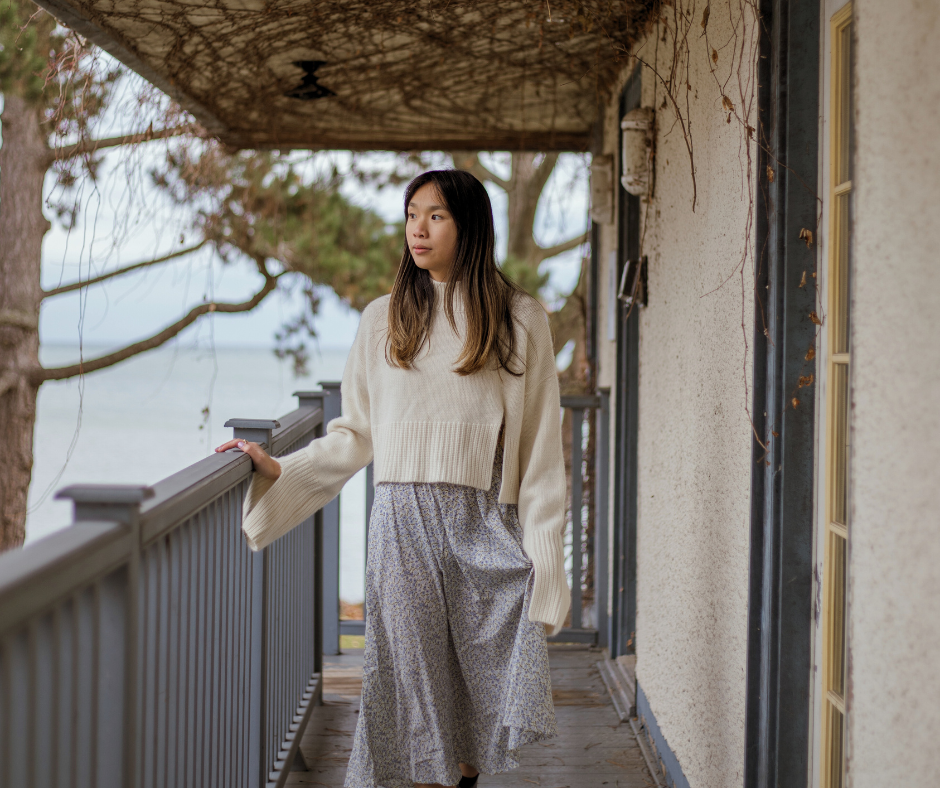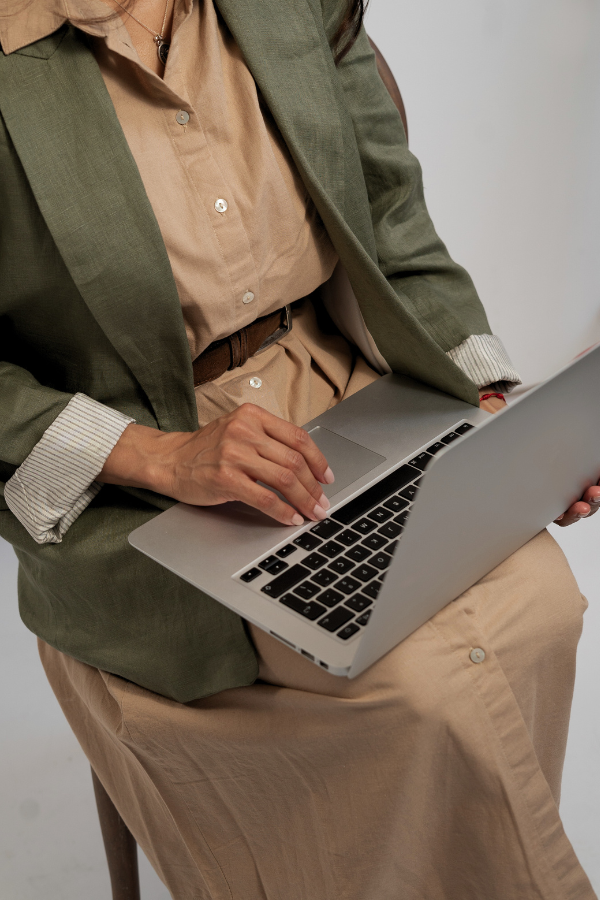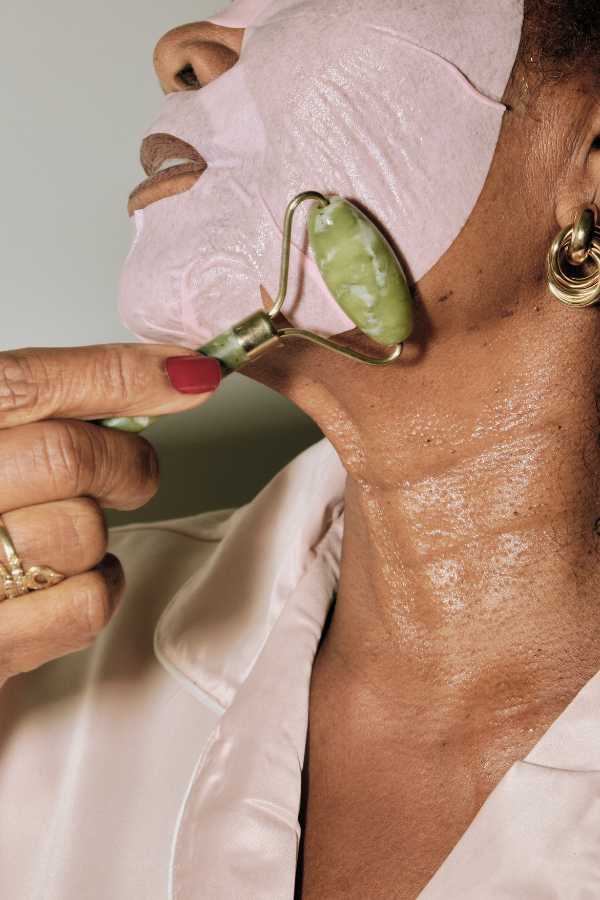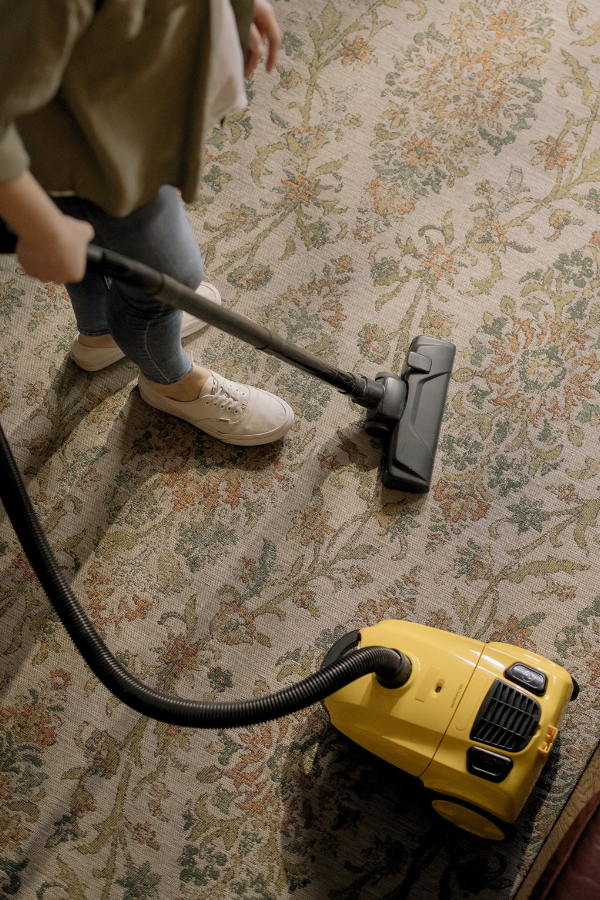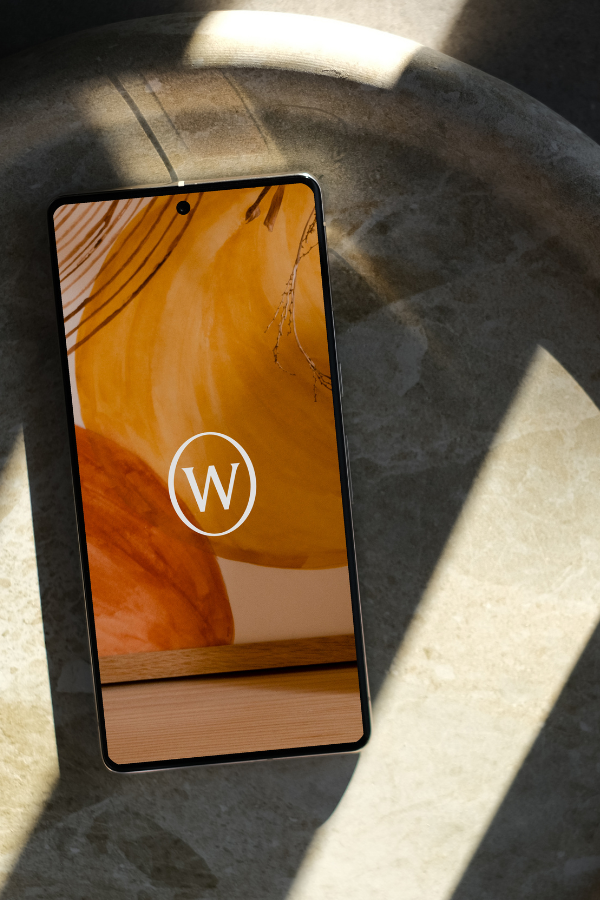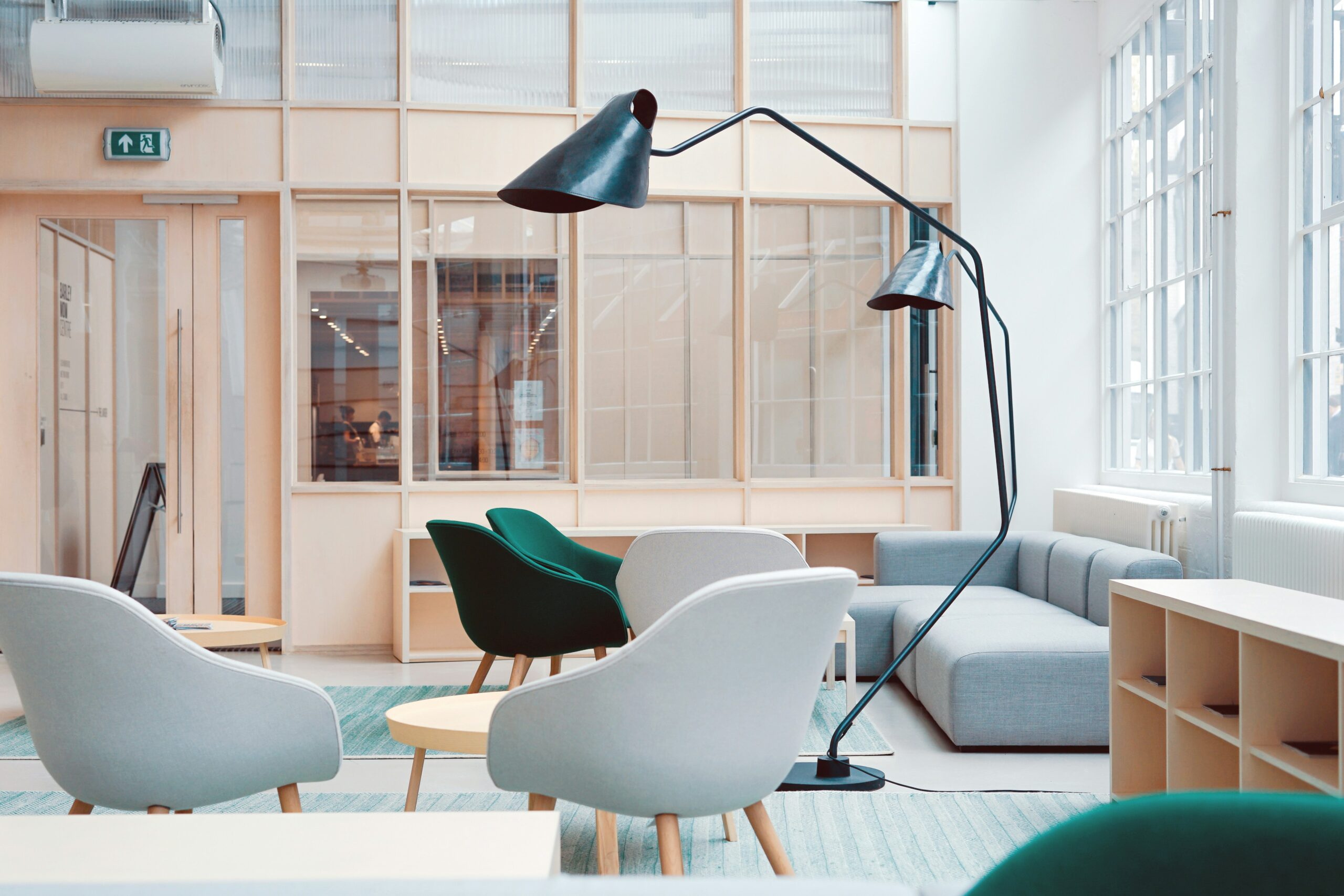
Exploring the Role of Technology in Interior Design
Summary
Reflection Questions
Journal Prompt
The world of interior design is getting a serious tech makeover, and it’s absolutely fabulous. Gone are the days of squinting at fabric swatches and trying to envision how that chaise lounge will look in your living room. Technology trends in interior design are turning the whole process into something straight out of a sci-fi movie – but make it chic, of course.
You’re standing in your soon-to-be renovated space, smartphone in hand, watching as virtual furniture magically appears before your eyes. Sounds like wizardry, right? Well, it’s just the magic of augmented reality. It’s like Pokémon Go, but instead of catching cartoon creatures, you’re catching the perfect interior vibe. And trust me, it’s addictive.
But wait, there’s more!
Virtual reality is taking us on a wild ride through our dream homes before a single wall is painted. It’s like stepping into a portal and emerging in your Pinterest board come to life. Talk about instant gratification!
And don’t even get me started on smart homes. Alexa, dim the lights and play some smooth jazz, will you? It’s like having a personal butler, minus the stuffy uniform and judgy looks when you ask for ice cream at 2 AM.
So buckle up, design enthusiasts. We’re about to dive into a world where technology and interior design are having a passionate love affair, and trust me, you’ll want front row seats for this spectacle.
Ready to see how these tech trends are turning our homes into the stuff of dreams? Let’s go!
Augmented and Virtual Reality in Design Visualization
You’re standing in your living room, smartphone in hand, and suddenly—poof!—that hideous floral sofa your great-aunt gifted you transforms into a sleek mid-century masterpiece. No, you haven’t been hitting the cocktails too hard at brunch.
Welcome to the magical world of augmented reality in interior design!
Now, I know what you’re thinking. ‘Honey, have you finally lost it? Are you suggesting I can redecorate my home with the wave of a wand?’ Well, not quite, my design-savvy friends. But we’re living in an age where technology is serving up some seriously cool tools that are revolutionizing how we visualize and execute interior designs.
Let’s break it down, shall we?
On one hand, we’ve got augmented reality (AR)—think Pokémon Go, but for throw pillows and paint swatches. AR takes your real-world space and sprinkles in some digital fairy dust, allowing you to see how that statement wall or quirky light fixture might look before you commit. It’s like having a fashion show for your home, minus the catwalk drama.
Then there’s virtual reality (VR), the introverted cousin of AR that whisks you away to a completely digital wonderland. Strap on a headset, and suddenly you’re standing in your dream kitchen, complete with that marble island you’ve been pining over and the subway tile backsplash you saw on Pinterest. It’s like The Matrix, but with better interior decorating and fewer leather trench coats.
Now, I’ll admit, when I first heard about using AR and VR for design, I was skeptical. I mean, nothing beats the tactile joy of running your fingers over fabric swatches or the satisfaction of rearranging furniture by sheer force of will (and maybe a little help from your long-suffering partner). But then I tried it, and it’s a game-changer.
Imagine being able to ‘try on’ different interior designs like you’re scrolling through Instagram filters. Too much velvet? Swipe left. Not enough plants? Add a virtual jungle with a tap. It’s like playing The Sims, but for your actual living space. And the best part? No more buyer’s remorse when that ‘perfect’ couch turns out to be more ‘meh’ than marvelous in real life.
For designers, these tools are like having a crystal ball (minus the creepy fortune-teller vibes). They can show clients exactly how a space will look and feel, eliminating those awkward ‘But I thought it would be bigger’ moments. It’s a win-win: clients get to see their dream homes come to life before a single paint chip is disturbed, and designers can flex their creative muscles without the fear of a design disaster.
But here’s the real kicker: AR and VR aren’t just fancy toys for the design elite. They’re democratizing the design process, allowing even us mere mortals to visualize and experiment with our spaces in ways we never could before. It’s like having a personal interior designer in your pocket, minus the hefty price tag and judgmental looks at your DIY attempts.
Smart Homes: When Your House Becomes Your High-Tech BFF

Photo by Corinne Kutz on Unsplash.
As someone who once thought “smart home” meant a house that could do my taxes, I’ve been amazed at how seamlessly these gadgets are slipping into our living spaces. It’s like they’ve taken a crash course in camouflage, blending in with our carefully curated decor while secretly harboring superpowers.
Take smart lighting, for instance. Gone are the days of clunky, out-of-place fixtures that scream “I’m from the future!” Today’s smart bulbs can nestle into that vintage lamp you snagged at a flea market, ready to transform your space from “morning coffee” bright to “Netflix and chill” dim with just a whisper. And being able to turn off the lights without leaving your cozy blanket cocoon? That’s the kind of luxury I can get behind.
But it’s not just about lazy comfort (though that’s a pretty great perk). Smart home technology is revolutionizing how we interact with our living spaces. Voice-activated systems have become our invisible butlers, always at the ready. “Hey, house, turn up the heat,” I’ll say, feeling like a tech-savvy wizard as the thermostat obeys my command. It’s like having a genie, minus the weird lamp situation and limited wishes.
What truly amazes me is how these smart devices are being tailored to complement every room’s unique personality. That sleek, minimalist kitchen? It now has hidden smart features that would make James Bond jealous. The cozy reading nook? It’s got ambient lighting that adjusts based on the time of day, ensuring your eyes don’t strain as you devour that page-turner.
And for those of us who are, shall we say, aesthetically challenged? Smart home technology is like having a fairy godmother for interior design. No more clashing colors or mood-killing lighting—these devices can be programmed to create the perfect ambiance for any occasion. Romantic dinner? Chill hangout with friends? Intense home office vibes? There’s a setting for that.
Sustainability: The Sexy New Trend in Interior Design
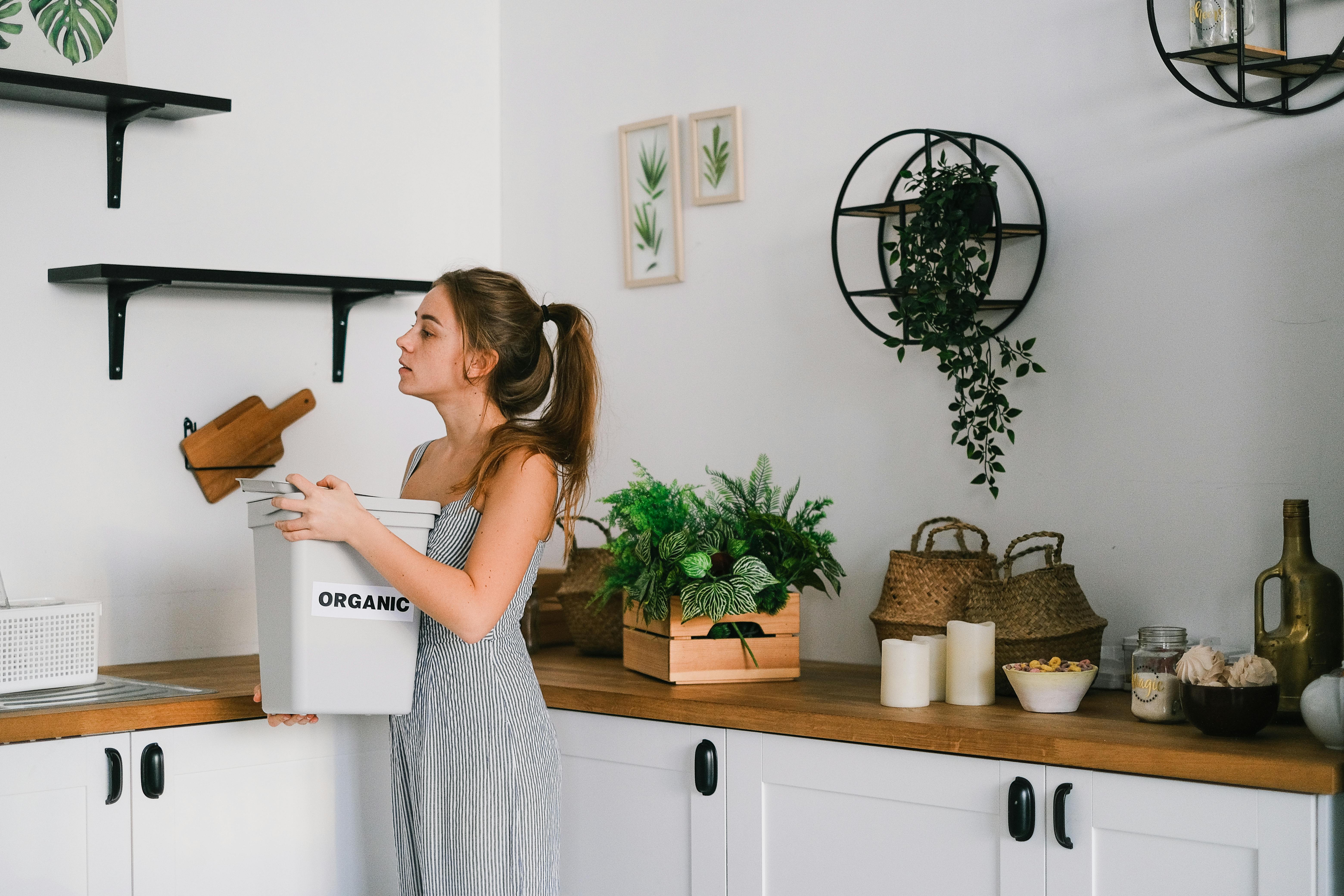
Photo by SHVETS production on Pexels.
Confession time: I once thought ‘sustainable design’ meant furnishing your home exclusively with lumpy beanbags made from recycled potato sacks. But oh, how delightfully wrong I was! Eco-friendly interior design is having a major glow-up moment, and I am here for it.
These days, sustainable design practices are becoming as mainstream as avocado toast at brunch. (Though arguably much better for the environment than those water-guzzling avocado farms.) The focus is all about embracing eco-friendly materials and zero-waste processes that make Mother Nature proud while still creating spaces that are drop-dead gorgeous.
So what exactly does this green design revolution look like in practice? Let me paint you a picture – and no, it’s not just various shades of mossy green, I promise.
Reclaimed Wood: Old is the New New
Picture this: a stunning dining table crafted from reclaimed barn wood, each knot and weathered patch telling a story. It’s like your furniture has more interesting tales to share than most of your dinner guests!
Reclaimed wood is having a major moment, and for good reason. Not only does it add instant character and warmth to a space, but it also saves trees and reduces waste. Win-win!
Recycled Fabrics: From Bottles to Boho-Chic
Remember chugging water from plastic bottles during your hot yoga phase? (Just me? Okay then.) Well, those bottles might just end up as part of your new favorite throw pillow or area rug. Recycled fabrics are getting incredibly sophisticated, transforming everything from plastic waste to discarded fishing nets into soft, durable textiles. It’s like extreme upcycling, but make it fashion.
Natural Stone: Bringing the Outside In
For those of us who can’t quite commit to full-on outdoor living (bugs are not my aesthetic), natural stone offers a perfect compromise. Think sleek marble countertops, rugged slate flooring, or a statement wall of stacked stone. It’s durable, timeless, and requires minimal processing – nature really does know best sometimes.
Now, I know what you’re thinking: ‘this all sounds great, but how do I actually make my home more sustainable without breaking the bank or living in a yurt?’ Fear not, my eco-conscious friends! Here are some painless ways to dip your toe into the green design pool:
- Start small: Swap out your regular lightbulbs for LED versions. They use way less energy and last forever. It’s like the tortoise of the lighting world – slow and steady wins the eco-race.
- Thrift it up: Hit up local antique shops or online marketplaces for unique, pre-loved pieces. It’s treasure hunting for your home!
- Plant power: Add some greenery to your space. Plants naturally purify the air and make you feel like you have your life together. (Even if that snake plant is your only thriving relationship.)
- Choose quality over quantity: Invest in well-made, timeless pieces rather than cheap, trendy items that’ll end up in a landfill next season.
The best part? Embracing sustainable design doesn’t mean sacrificing style. If anything, it adds depth, character, and a story to your space. Plus, you get major bragging rights at your next dinner party. ‘Oh, this coffee table? It used to be part of a 19th-century barn. More wine?’
| Material | Properties | Applications |
|---|---|---|
| Bamboo | Rapidly renewable, strong as hardwood, absorbs more carbon | Flooring, furniture, accessories |
| Recycled Glass | Made from post-consumer sources, recyclable, natural insulator | Countertops, backsplashes, decorative pieces |
| Repurposed Wood | Reduces need for new harvesting, unique character, energy-efficient | Furniture, wall panelling, ceiling beams |
| Linen | Plant-based, minimal water use, biodegradable | Furniture, upholstery |
| Stone | Durable, low maintenance, recyclability | Countertops, flooring, fire mantles |
Cozy Vibes and Zen Spaces: The Rise of Comfort-Driven Design
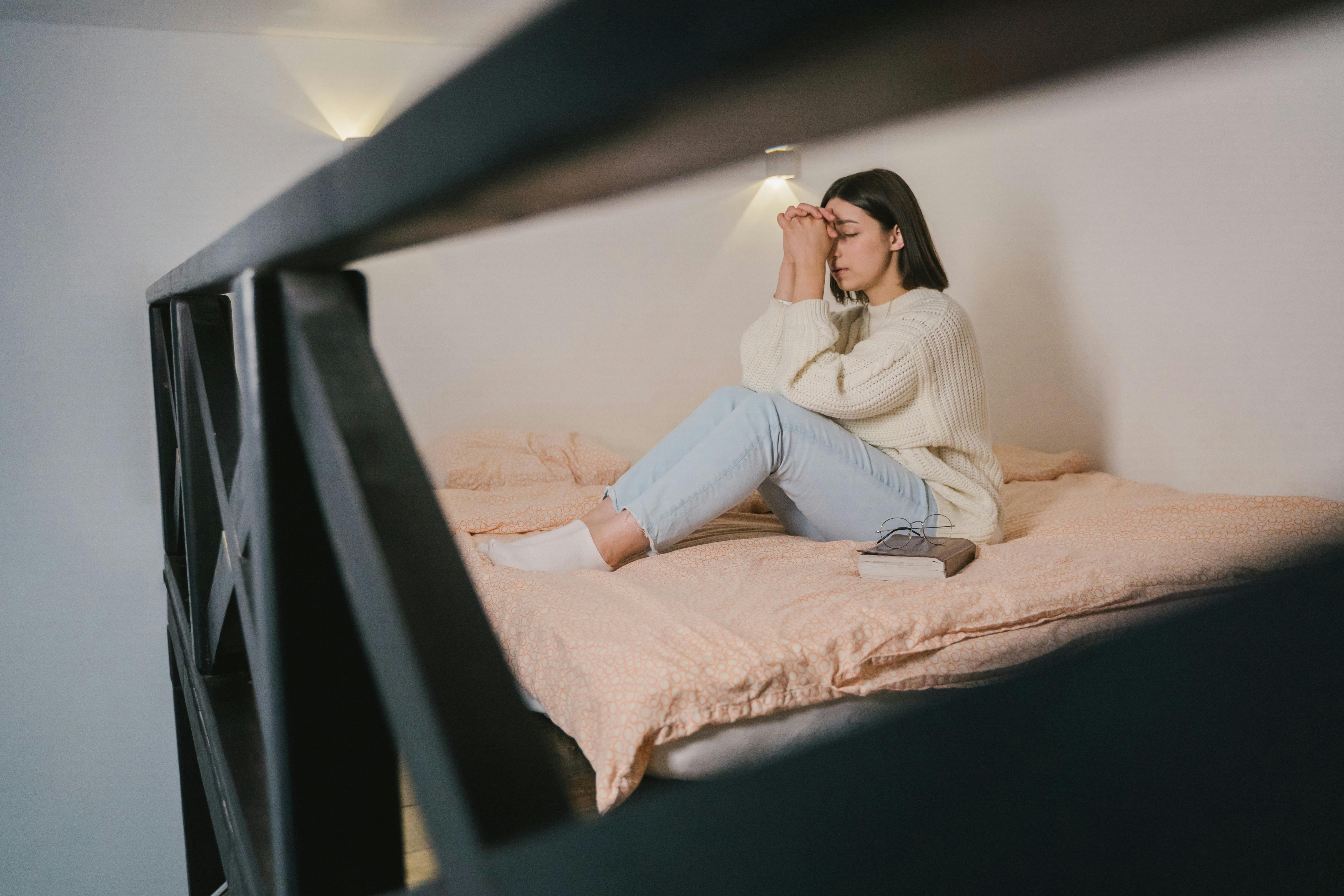
Photo by Tima Miroshnichenko on Pexels.
Gather ’round, fellow homebodies and wellness warriors! The interior design world is embracing a trend that’s cozier than your favorite pair of sweatpants.
Remember when we thought stark white walls and minimalist furniture that looked great but felt like sitting on a rock was the epitome of chic? Well, those days are as gone as my willpower around a plate of warm cookies.
These days, it’s all about creating spaces that feel like a warm hug from your home. I’m talking plush sofas you can sink into, textiles so soft they make you want to purr, and an overall vibe that whispers ‘Namaste in bed.’ But this isn’t just about being lazy (though that’s a delightful perk). It’s about recognizing that our homes play a huge role in our mental and physical well-being.
Enter biophilic design, the fancy term for ‘bringing the outside in’ that’s got designers and homeowners alike buzzing. Picture this: you’re surrounded by natural materials, maybe some wood accents or stone textures, with a view of lush greenery through oversized windows. Suddenly, your stress levels drop faster than my phone’s battery life. It’s like magic, but it’s actually science!
And let’s not forget about the power of a good, old-fashioned cozy nook. Whether it’s a reading corner bathed in natural light or a meditation space that makes you say ‘om’ instead of ‘oh my god, I have so much to do,’ these little sanctuaries within our homes are becoming must-haves. It’s like we’re all collectively realizing that maybe, just maybe, our living spaces should do more than just look pretty in Instagram photos.
But here’s the thing, folks: this trend isn’t just about buying a bunch of fluffy pillows and calling it a day (though that doesn’t hurt). It’s about creating intentional spaces that support our well-being. It’s about asking ourselves, ‘Does this room make me feel good?’ and if the answer is no, it’s time for a change.
Maximalism: The Bold New Trend in Interior Design
Move over, minimalism – there’s a new sheriff in town, and she’s wearing a leopard print coat with neon green boots. Maximalism is strutting its way into our homes, turning our living spaces into vibrant carnivals of self-expression.
Remember when stark white walls and a single succulent was the height of sophistication? Well, times are changing. Maximalism is like that friend who always brings the party – bold, brash, and unafraid to mix patterns like there’s no tomorrow.
So what does this maximalist revolution look like? Picture a room where vibrant colors clash in the most delightful way, where your grandmother’s floral couch has a full-on love affair with your modern art print. It’s a world where ‘too much’ is just enough, and ‘more is more’ is the battle cry of interior designers everywhere.
But here’s the thing – maximalism isn’t just about throwing every color and pattern into a room and hoping for the best. There’s an art to this madness. It’s about curating a space that tells your story, showcasing your travel tchotchkes, worldview-shaping books, and yes, even that questionable wine-and-canvas painting.
The beauty of maximalism? It gives us permission to be unabashedly ourselves in our own spaces. It’s a rebellion against sterile showroom aesthetics, encouraging us to create environments as dynamic and multi-faceted as we are.
Ready to embrace your inner maximalist? Here are some tips for your journey to bold, expressive interiors:
- Start with a color you love and build from there. Be bold!
- Mix patterns like a DJ mixes tracks – with confidence and flair.
- Layer textures like you’re preparing for a sensory hibernation – the more, the merrier.
- Display your collections proudly. Those vintage teacups deserve the spotlight.
- When in doubt, add more. You’ll know when to stop (maybe).
| Element | Description |
| Vibrant Color & Pattern | Incorporates bold and diverse color schemes and patterns. |
| Curated Art & Collections | Focus on art pieces and personal collections that add personality. |
| Layered Textures | Uses various textures for a dynamic and rich feel. |
| Mixed Styles | Combines different styles to create a cohesive yet eclectic look. |
| Eclectic Furnishings | Features unique and diverse furniture pieces. |
| Abundant Decor | Includes a variety of decor elements for an enriched environment. |
Remember, in the world of maximalism, there are no rules – only guidelines. And those guidelines are written in glitter pen on leopard print paper.
The Future Is Now: How Tech Is Transforming Our Interiors
The future of interior design is shaping up to be a wild ride, and I’m here for it. Technology is revolutionizing how we envision, create, and experience our living spaces. It’s like we’ve stepped into a sci-fi movie, but with better decor.
Remember mood boards with magazine clippings? Those are so last season. Now we’ve got virtual reality tours and AI-powered design tools that can conjure up a room concept faster than I can choose between pizza or tacos for lunch. It’s mind-blowing stuff, really.
And let’s chat sustainability for a hot second. With all these smart tools at our fingertips, we’re getting better at creating spaces that are not just beautiful, but also kind to our planet. It’s like we’re finally figuring out how to have our eco-friendly cake and eat it too. Who says you can’t save the world and have a killer accent wall?
As we look to the future, I can’t help but get a little giddy thinking about what’s next. Will we have AI assistants that can read our moods and adjust our surroundings accordingly? Or maybe furniture that shape-shifts based on our needs? (A girl can dream, right?)
Whatever comes next, one thing’s for sure – interior design is no longer just about picking pretty pillows and finding the perfect paint color. It’s about creating spaces that truly enhance our lives, adapt to our needs, and make us feel at home in the deepest sense of the word. And if that means embracing a little (or a lot) of tech along the way? Well, count me in.




